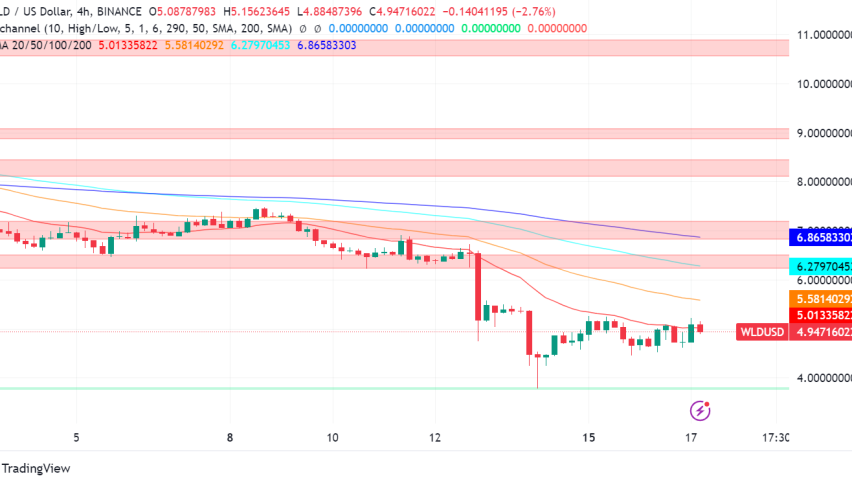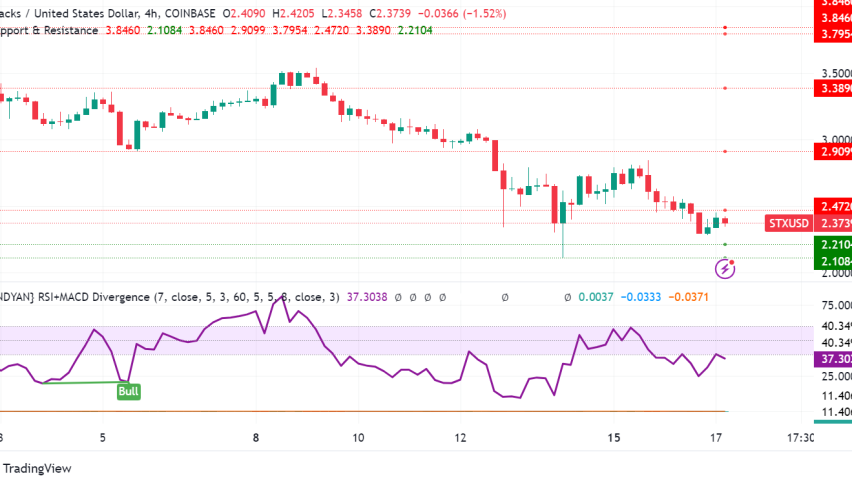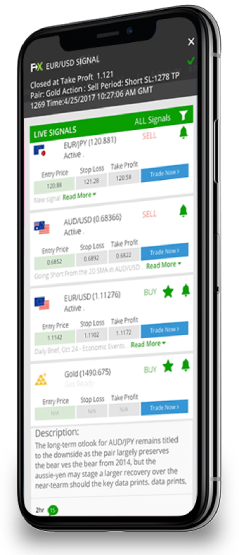Despite some negative news, the
DAX index extended its upward rally, remaining in positive territory on Thursday, reaching a new high of 17,102. Various factors, including European and German economic data, economic indicators, Fed policy decisions, and geopolitical events, supported the upward trend in the DAX index.
European and German Economic Data Influence on DAX
On the negative side, the previously released
European and German economic data have influenced the DAX index, as eurozone trade figures revealed a narrowing surplus in December, raising concerns about a potential recession.
Furthermore, the European Commission’s revised growth and inflation forecasts for 2024 signalled slower economic expansion and softer inflation. Consequently, the narrowing of the Eurozone trade surplus indicates a decline in trade performance, which can be interpreted as a negative sign for the economy.
Besides this, investor reaction to the weaker-than-expected numbers suggests concerns about a potential Eurozone recession, which could affect the DAX index and investor sentiment. Despite challenges such as a narrowing Eurozone trade surplus and softer growth forecasts, positive factors still support the DAX index.
It should be noted that strong corporate earnings have driven buyer demand for DAX-listed stocks, indicating healthy performance in the index. In the meantime, the recent comments from ECB President Lagarde suggesting that inflation is expected to fall toward the target over 2024 and that interest rates will only be cut if inflation stays low make investors feel better.
These factors contribute to a mixed outlook for the DAX, with positive and negative influences impacting its performance.
Economic Indicators and Fed Policy Impact on DAX
On the US front, economic indicators and Federal Reserve (Fed) policy decisions affect the DAX index. The recent release of US retail sales data for January, which showed a decline, sparked speculation about a potential Fed rate cut in the first half of 2024. Although jobless claims were slightly down, they indicated stable labour market conditions.
Therefore, the impact of
US economic indicators and Fed policy decisions on the DAX index can be mixed. While a decrease in US retail sales might suggest weaker consumer spending, the speculation about a Fed rate cut could support stock markets like the DAX.
Moreover, the slight decrease in jobless claims, signalling stable labour market conditions, could boost confidence in the economic outlook, potentially benefiting the DAX.
Geopolitical Events and Its Impact on the DAX Index
On the geopolitical front, events like the Israel-Gaza conflict can influence the DAX index. However, the ongoing worries about rising violence and its impact on people may make investors uncertain and cause market ups and downs.
Statements from the Israeli prime minister against recognizing a Palestinian state without agreement show how global tensions can affect markets like the DAX.
Typically, this situation was seen as negative for the stock, including DAX, because it introduced instability and increased the risk in the market.
Investors monitor geopolitical developments closely for their potential to disrupt economic stability and investor confidence, influencing DAX performance.
DAX (Germany 30) Price Forecast: Technical Outlook
The DAX index, Germany’s benchmark stock market index, has shown positive momentum, marking a 0.60% increase to stand at 17,046.69.
This uptick reflects investors’ growing confidence amidst the current market environment, positioning the DAX for potential further gains.
Key technical levels to watch include a pivot point at 17,003.41, with immediate resistance observed at 17,111.66. Further resistance points are set at 17,179.07 and 17,242.64, which could cap upward movements. On the downside, support levels at 16,929.81, 16,831.11, and 16,764.19 offer safety nets against retracements.
- The Relative Strength Index (RSI) at 59 suggests a balanced yet leaning towards bullish market sentiment.
- The 50-day Exponential Moving Average (EMA) at 16,908.94 supports the bullish trend, indicating sustained buying pressure.
Given these factors, the DAX’s current trajectory suggests a bullish outlook above the 17,003.41 mark. Investors and traders should monitor these pivotal levels closely, as movements above or below these points could signal the index’s short-term direction.





















